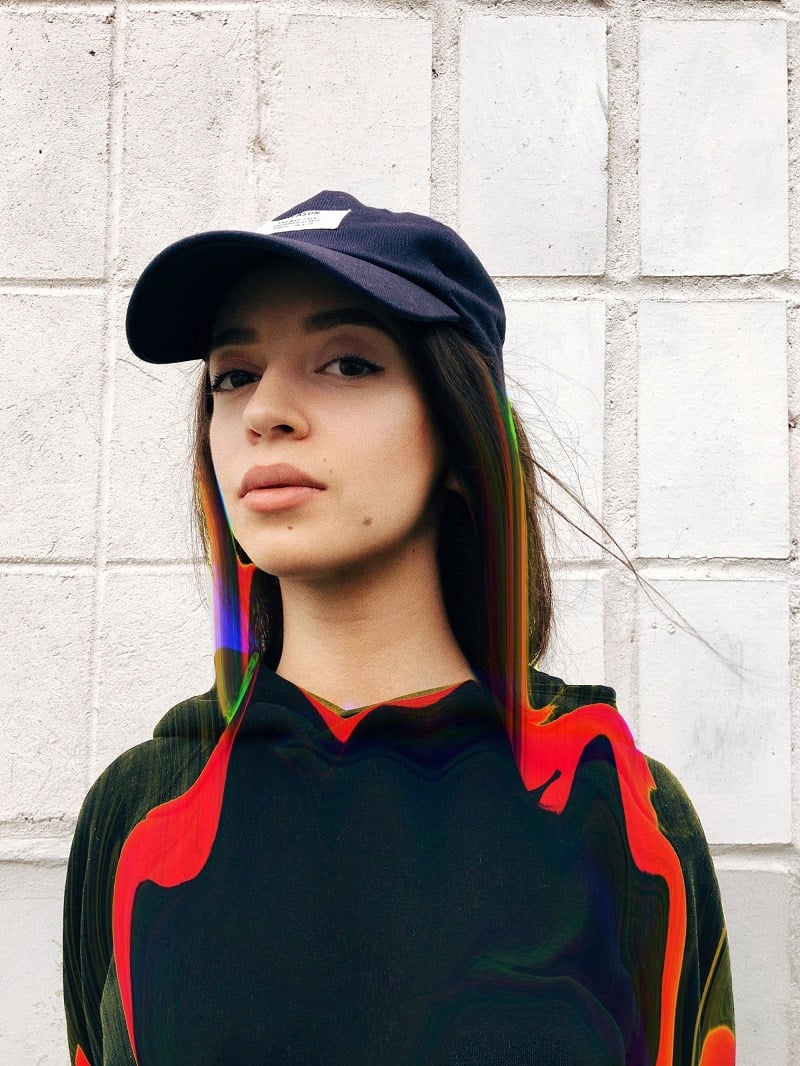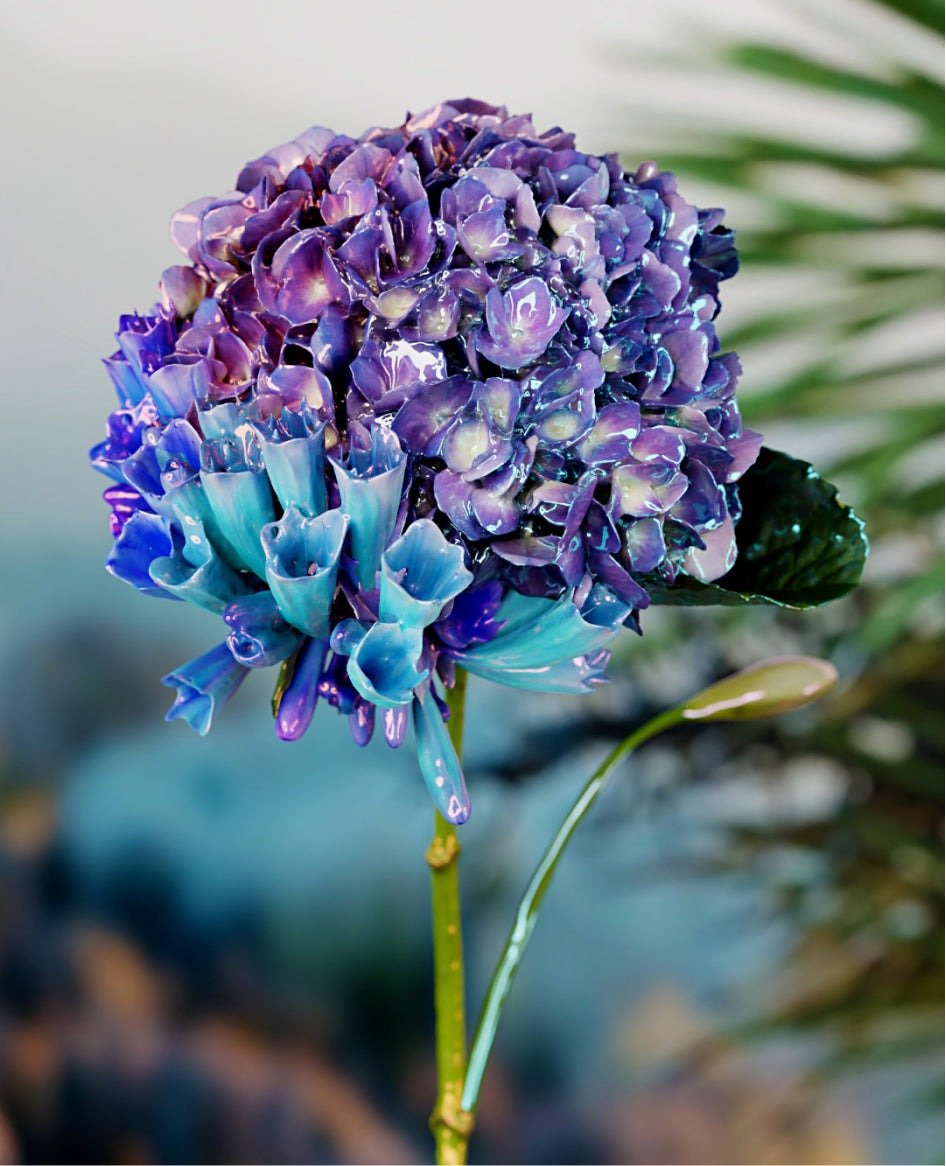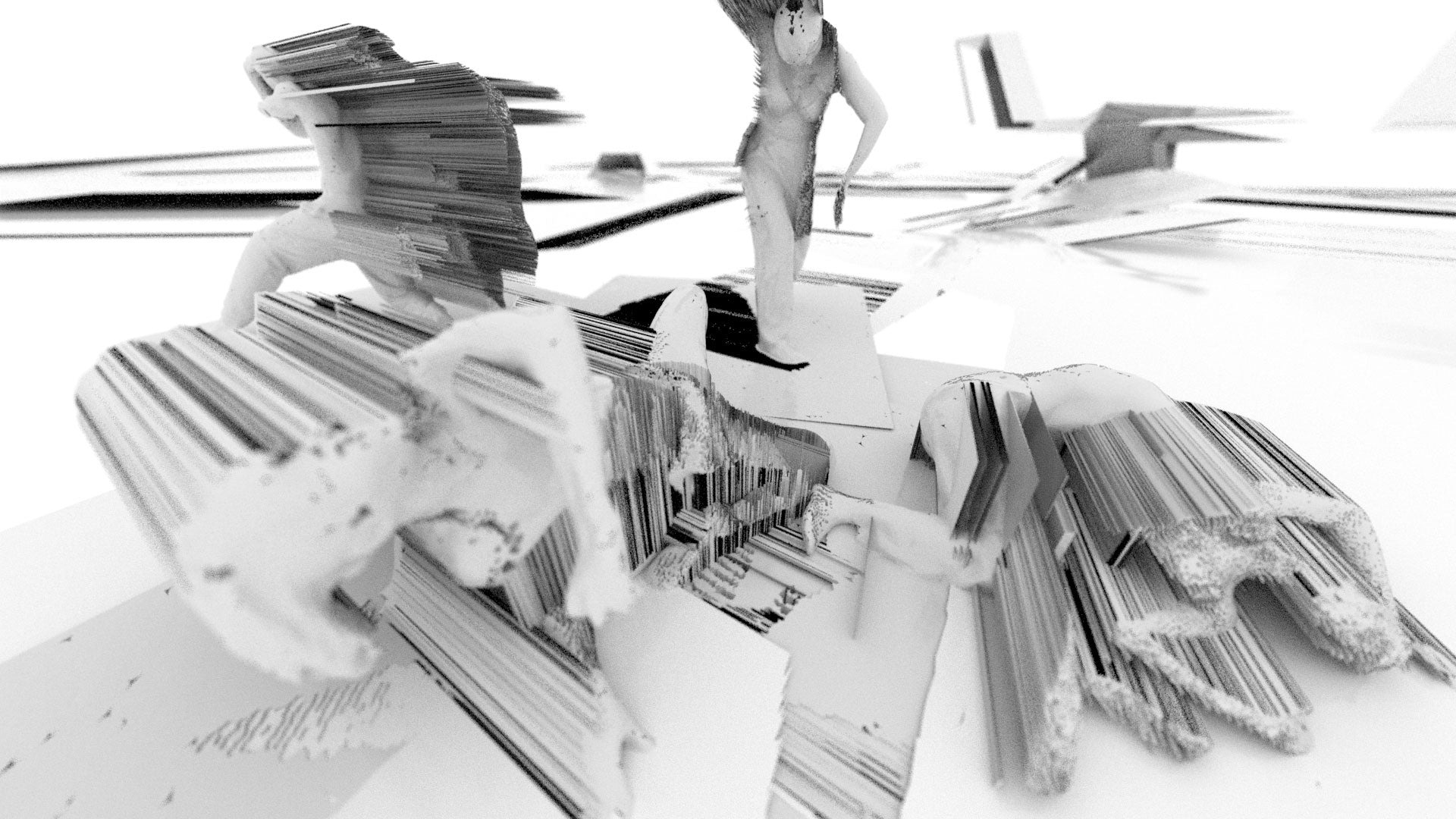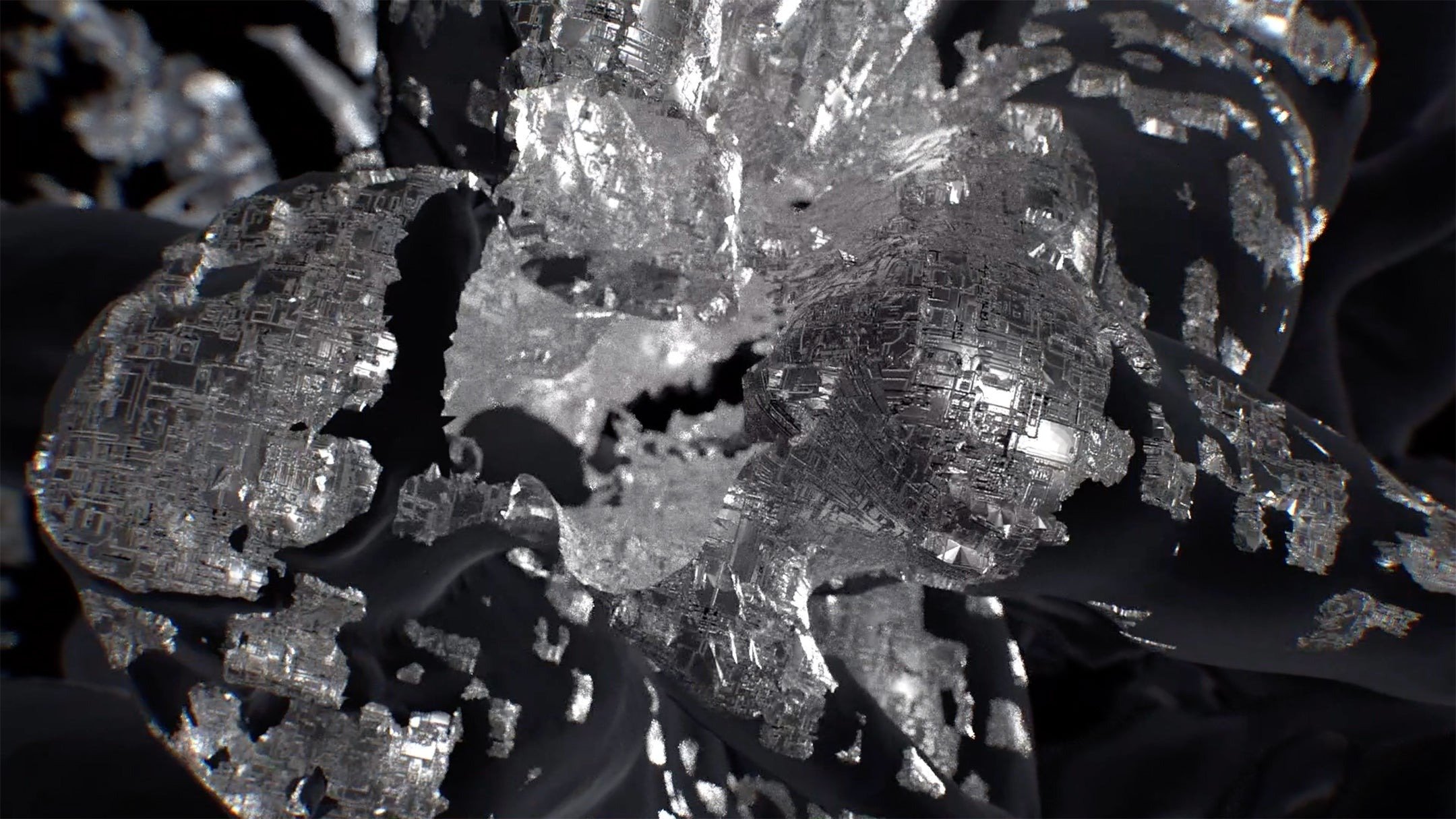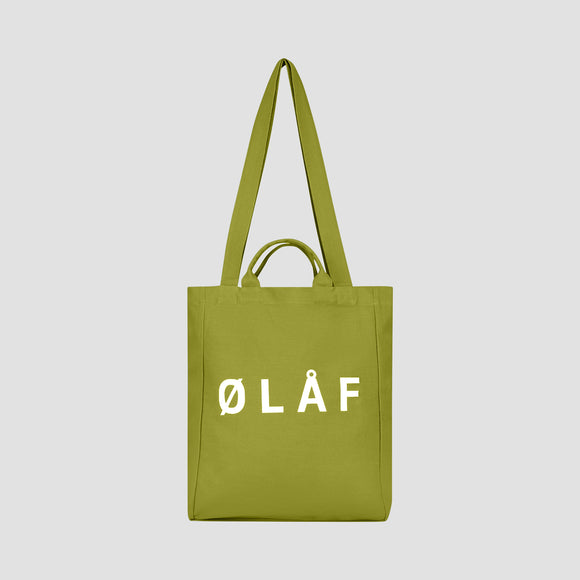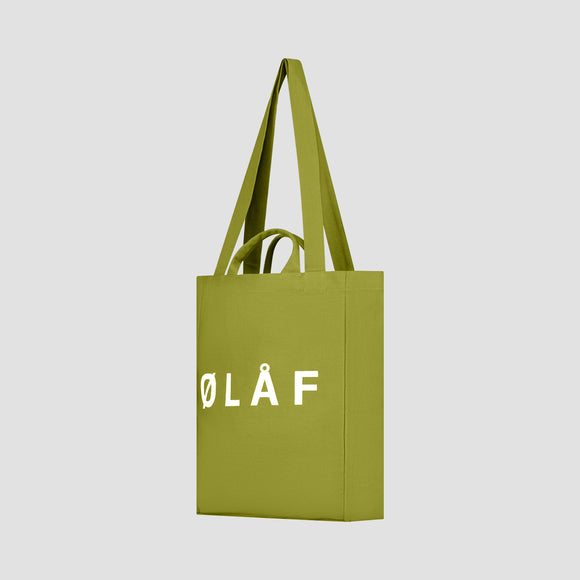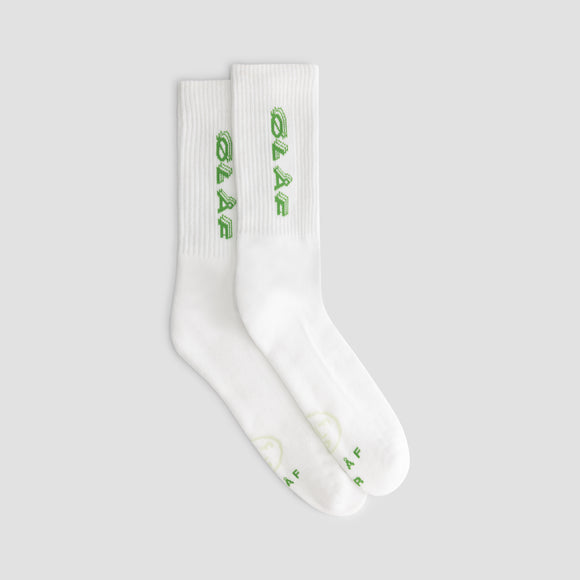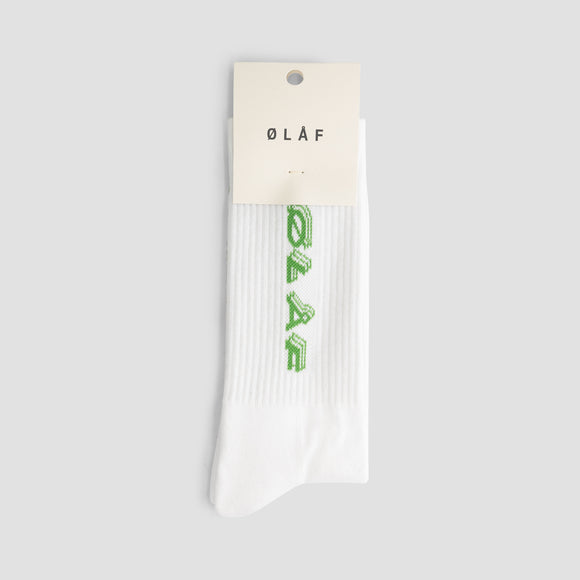WILLARIS K - COBAKI SKY - A series of video artworks for Australian electronic and ambient producer Willaris K on the Astralwerks Records label.
Hi Chris, how is life at the moment for you? Are you still in the Netherlands? “Yeah still here! These are weird times, but as a freelancer, I think I’m kind of used to it. Many projects (especially physical exhibitions) have been canceled or postponed. But it’s interesting to see that many brands are now calling upon digital artists more than ever."
How would you describe what you do?
“I like to call myself a digital dreamer. You could see it as a combination of an artist, designer, and digital world explorer. I like to think outside of the (digital) box and about things that are not possible in physical reality. It’s very multidisciplinary. That’s nice about the era we’re living in. Many people work at the intersection of different fields."
WILLARIS K - 5'OCLOCK - A video artwork for Australian electronic and ambient producer Willaris K latest release '5’OCLOCK', on the Astralwerks Records label.
How did you come to this exact intersection?
“I think everyone in the world wants to find themselves. I grew up in Ukraine and it was hard to find a fitting creative outlet for me there. I started studying Architecture in Lviv when I was 17, and after that, I traveled around a bit. I’ve lived in Florida for a moment, and I ended up at the KABK in The Hague to study Graphic Design. That’s where I found my thing."
With two bachelor’s degrees you have plenty of formal training, do you implement your architectural background in your current practice?
“A little bit. Architecture gave me knowledge of space which I still use in my digital work. I learned to approach my work critically and think creatively."
I’ve always seen art schools like KABK as sort of separate ecosystems. I have the impression that everyone gets brainwashed with the same information and ideas.
“I can understand that. Art institutions tend to be bubbles."
ATTENTION.VALUE - Canvas is a video art installation initiated by TivoliVredenburg of 150 m2 situated in Park 6, Utrecht.
How do you manage to get out of that bubble?
“I’m not sure if I succeeded to break out of that, but I tried my best to get influences outside of the art institutions. My background and previous education surely helped with that. There are so many international students in the Netherlands who all bring a fresh perspective."
Is it dangerous for an artist to live inside that bubble too much?
“Yes, but it’s also hard to stand out. Even online; everyone on Instagram is influencing each other in a way, and the algorithms push it even further."

